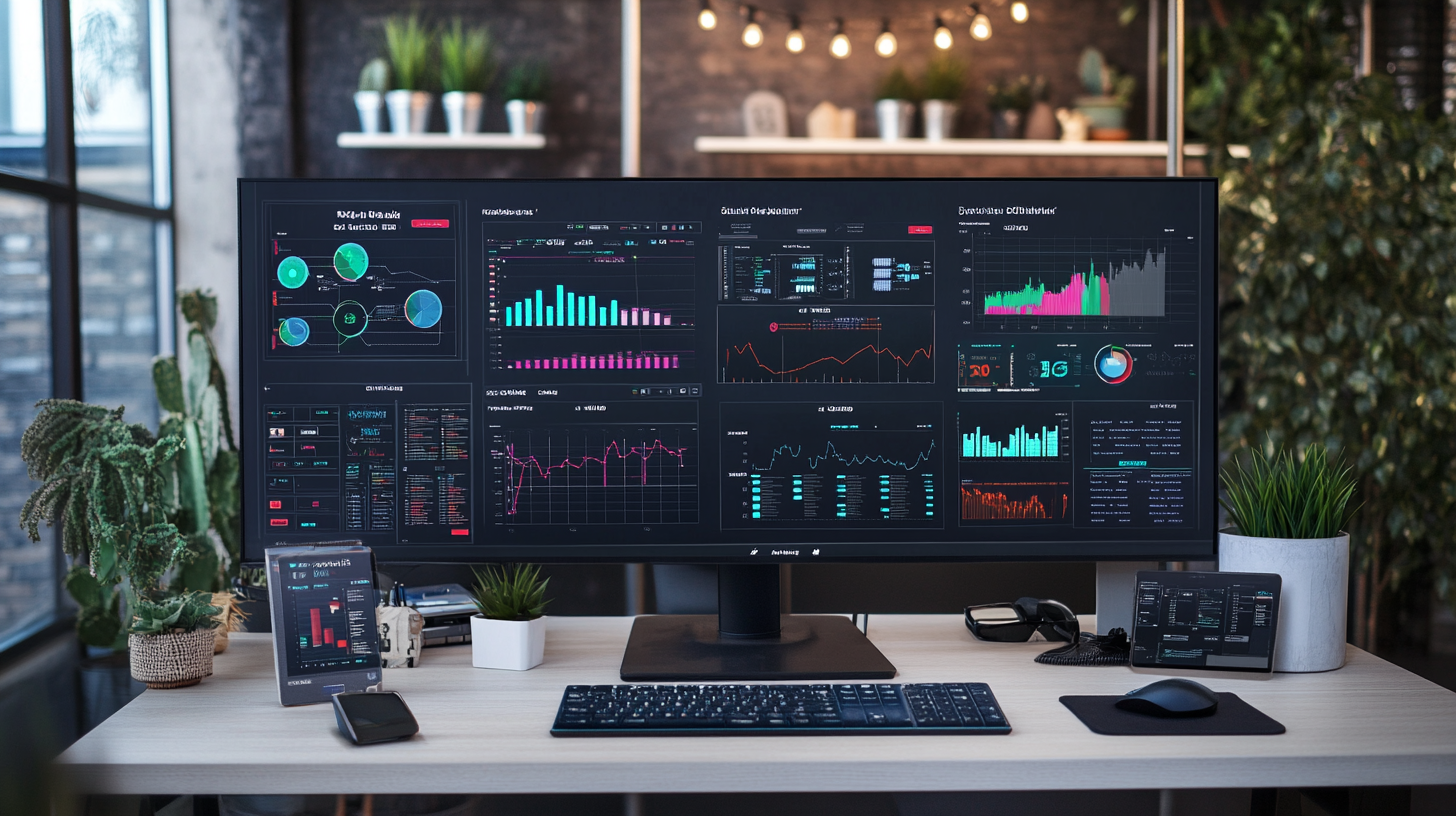IoT: Connecting the Future in 2025
Authored by Liam Harper, Editor at FutureSkillGuides (liam.harper@futureskillguides.com)
Why IoT Matters in 2025
In 2025, the Internet of Things (IoT) is revolutionizing industries by connecting devices, sensors, and systems to create smarter, more efficient environments. From smart cities to healthcare, IoT enables real-time data collection and automation, driving innovation across sectors. A 2025 McKinsey report estimates that IoT applications will generate $12.6 trillion in economic value by 2030, underscoring its transformative potential. However, the proliferation of IoT devices also introduces significant security and scalability challenges. Within FutureSkillGuides’ Emerging Skills section, we’re here to help engineers, developers, and professionals master IoT and its applications.
The demand for IoT expertise is growing rapidly, with a 2025 LinkedIn report highlighting a 20% increase in job postings requiring IoT skills, driven by the deployment of 5G networks and edge computing. However, the Canadian Centre for Cyber Security warns that IoT devices are prime targets for cyberattacks, with 50% of devices lacking robust security measures. FutureSkillGuides offers resources like our Skills Assessment to help you evaluate your readiness to tackle IoT challenges.

Core Skills for IoT Professionals
Device Programming
Write firmware for IoT devices using languages like C or Python.
IoT Security
Implement security protocols to protect devices from cyber threats.
Data Analytics
Analyze IoT-generated data to derive actionable insights.
IoT Implementation Strategies
Edge Computing
Process data locally to reduce latency and bandwidth usage.
Device Authentication
Use secure protocols to authenticate devices and prevent unauthorized access.
Interoperability
Ensure devices from different vendors can communicate seamlessly.
Essential IoT Tools
IoT professionals use a range of tools to develop and manage connected systems. Here are three key tools for 2025:
Arduino: An open-source platform for building IoT prototypes.
Raspberry Pi: A versatile single-board computer for IoT applications.
AWS IoT Core: A cloud service for managing and securing IoT devices.
IoT Development Process
Developing IoT solutions involves a systematic process to ensure functionality and security. Here are five key steps:
- Requirement Analysis: Define the project’s goals and device requirements.
- Device Selection: Choose appropriate sensors, actuators, and microcontrollers.
- Connectivity Setup: Establish communication protocols like MQTT or HTTP.
- Data Processing: Analyze data using edge or cloud computing.
- Security Integration: Implement encryption and authentication to secure devices.
The Future of IoT
In 2025, IoT is evolving with advancements in 5G, AI, and blockchain. 5G networks enable faster, more reliable connectivity for IoT devices, while AI enhances data analysis at the edge. Blockchain provides secure, decentralized data management, addressing IoT security concerns. A 2025 LinkedIn report predicts that 60% of IoT deployments will integrate AI by 2030. FutureSkillGuides’ Emerging Skills section keeps you informed on these trends.
Case Studies in IoT
Real-world case studies highlight IoT’s impact. In 2024, a smart city project in Singapore used IoT sensors to reduce traffic congestion by 25%, as reported by EC-Council. Another example is a healthcare provider that deployed IoT devices to monitor patients remotely, cutting readmissions by 15%, according to McKinsey. These cases show IoT’s transformative potential. For related skills, explore our Data Science page.
Career Paths in IoT
IoT offers diverse career paths in 2025. Professionals can start as embedded systems engineers and advance to roles like:
IoT Developer: Build and deploy IoT solutions for various applications.
IoT Security Specialist: Secure connected devices against cyber threats.
IoT Architect: Design scalable IoT systems for enterprises.
Certifications like AWS Certified IoT Developer and Cisco’s IoT Fundamentals can boost your career. Microsoft Learn’s training paths provide a foundation.
Challenges and Best Practices
IoT faces challenges like security vulnerabilities, scalability, and interoperability. Best practices include:
– Implementing end-to-end encryption for IoT devices.
– Using scalable platforms to manage growing device networks.
– Ensuring interoperability through standardized protocols.
FutureSkillGuides’ Cloud Security page offers strategies for securing IoT data in the cloud.
Start Your IoT Journey Today
IoT is a transformative skill in 2025, connecting devices and driving innovation across industries. FutureSkillGuides supports your journey with resources like our Emerging Skills section and Skills Assessment. Begin today with platforms like CISA for IoT security insights, and become an IoT expert.
Stay Updated with Our Newsletter
Get the latest news, updates, and exclusive offers directly to your inbox.


